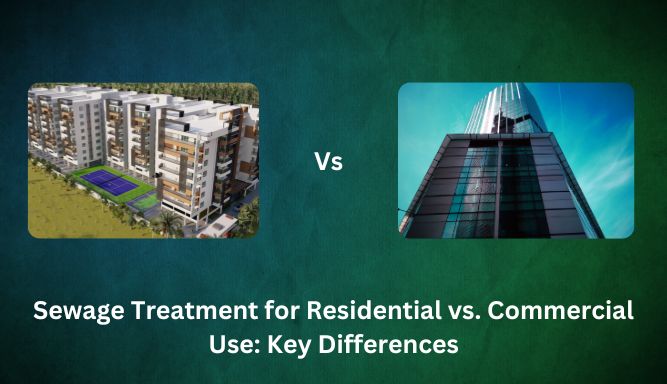
SUBSCRIBE to our monthly NEWSLETTER

Sewage treatment plants play a vital role in managing and purifying wastewater before it is released back into the environment. One critical aspect of designing an effective sewage treatment plant is determining the appropriate capacity to handle the incoming wastewater flow. In this article, we will delve into the world of sewage treatment plant capacity calculation and how to use our stp capacity calculator, exploring the essential formulas and considerations that every STP Buyer should know.
Sewage treatment plant capacity refers to the maximum volume of wastewater a plant can handle within a given timeframe. This capacity must be carefully calculated to ensure optimal performance and prevent overload, which can result in inadequate treatment and environmental concerns.
To determine the capacity of a sewage treatment plant, several key factors need to be considered. Here are the fundamental formulas used in the calculation process:
The population equivalent (PE) is a measure used to estimate the average organic load generated by individuals or industries. It provides a standardized basis for comparing and designing sewage treatment plants. The formula for calculating the population equivalent is:
PE = (Q × BOD5) / (P × C)
Where:
The design flow represents the peak expected wastewater flow rate that the treatment plant should be able to handle. It is crucial for determining the plant’s capacity. The design flow is often calculated using a combination of population data, water usage patterns, and other relevant factors. Additionally, factors like industrial discharge, infiltration, and inflow should be considered to ensure accurate calculations.
Retention time refers to the duration that wastewater remains in the treatment plant for effective treatment. It is calculated by dividing the volume of the treatment tank by the average flow rate. The formula is:
Retention Time = Tank Volume / Average Flow Rate
Considerations for Sewage Treatment Plant Capacity Calculation:
While the formulas above provide a starting point for sewage treatment plant capacity calculation, it is essential to consider the following factors to ensure accurate results:

With over two decades in the water treatment business, I pioneered bulk pure water distribution and now lead the way in sustainable sewage treatment with easySTP, inspired by Japan’s Johkasou technology. My vision includes widespread adoption and expansion through a new factory and sewage academy.

With over two decades in the water treatment business, I pioneered bulk pure water distribution and now lead the way in sustainable sewage treatment with easySTP, inspired by Japan’s Johkasou technology. My vision includes widespread adoption and expansion through a new factory and sewage academy.
SUBSCRIBE to our monthly NEWSLETTER
WhatsApp us